Graphic Design: A User's Manual
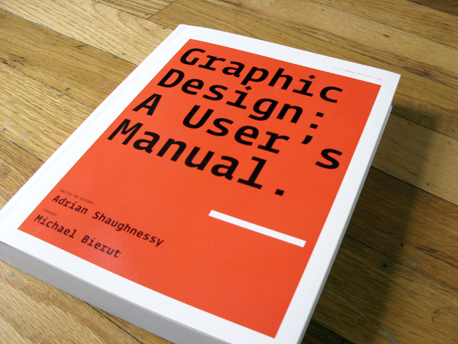
Graphic Design: A User’s Manual is a book I wish I had when I started out as a designer.
In the follow-up to his previous work, How to be a Graphic Designer Without Losing Your Soul, Adrian Shaughnessy focuses less on the nuts and bolts of the studio and is more contemplative, drawing upon his significant experience as a working designer to offer equal parts direction and discussion.
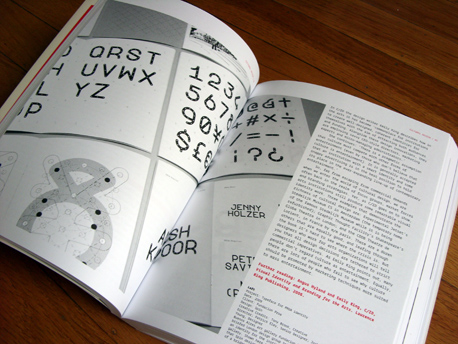
The book is visually striking, set in a monospaced typeface and very deliberately accented with one shade of red. The entries inside are organized alphabetically and cover a broad range of topics from the philosophical and historical to the professional and practical. The pages are sturdy and thick, designed to be thumbed through heavily as a constant reference.
Michael Beirut writes in the foreword:
“one of the most magical things about graphic design…[is] the idea that the empty space in a layout isn’t really empty at all but filled with tension, potential and excitement…In many ways, the lesson of this book is the same…Designing is the most important thing, but it’s not the only thing. All of the other things a designer does are important too, and you have to do them with intelligence, enthusiasm, dedication and love.”
The book is not a how-to guide. It does not teach you the parts of a typeface or explain the process of choosing paper stock. It is not about the craft of design, as important as that is.
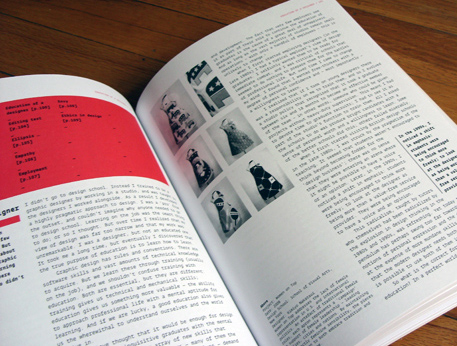
This frees Shaughnessy to tackle issues with a different approach. In the section for rejection, he talks about presenting work clearly, defending your decisions, but also owning up to mistakes. He also cautions against projects with complete creative freedom, saying “‘Do what you want’ only rarely means do what you want.” In the entry for envy, Shaughnessy shares, “Envy is a healthy, even necessary, emotion for the designer. If by envying [others’ work] we improve our own, envy serves a useful purpose.” And when writing about posters, he brings a historical perspective and discusses its current decline and the consequences for designers.
In other areas, he gives firm direction to the reader. On banks:
“Treat banks like any other supplier: be tough and fair with them. If they make mistakes, remonstrate and ask for compensation.”
I don’t know how many designers need to hear that, but it can’t be just me. He also demystifies the process of finding a first job, the search for inspiration, and the process of presenting to a client.
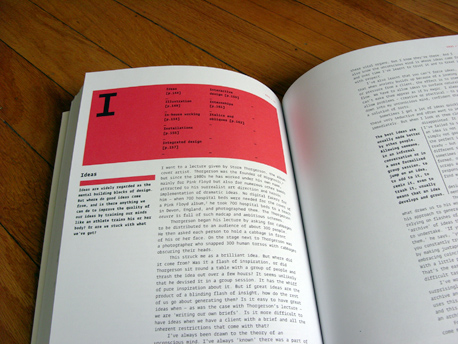
The book works because it’s so readable. It is designed with care, the text is set well, and entries are given generous margins for notes. The image thumbnails are monochrome and meant to inform and illustrate, not to serve as coffee table eye candy. But more importantly, the writing carries much of Adrian’s personality and wit. We can laugh along with his humorous rant about incorrect ellipsis use, and nod sagely when he points out that “to designers [kerning and tracking] are as important as having wings is to an aeroplane.”
There are a few sections where Adrian looks at design from different countries, including the Dutch and the Japanese. He does his best to describe the unique flavor that distinguishes each place, but the two or three thumbnails only whet the appetite. They can only speak to a few particular artists and fail to convey the whole. I wish there had been a companion gallery made available online that collected the works he writes so admiringly about.
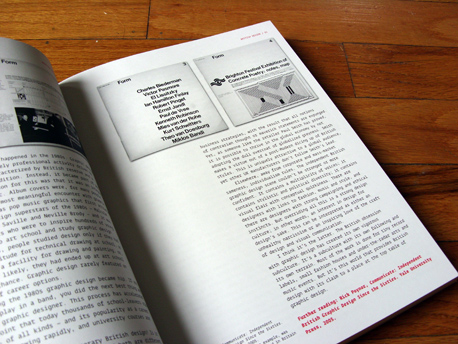
This book will serve as an essential reference for rookies and grizzled designers alike. Peppered with engaging anecdotes and tempered with the time Shaughnessy has been a practitioner of the craft, it is comprehensive in breadth, at times inspiring, reflective, and appraochable. It is knowledge that will inform and enrich your work.
About the Reviewer
Allen Tan is a designer, editor, and 4th year architecture student at University of California, Berkeley. He has a website at Tanmade.com and can be found on Twitter.
Graphic Design: A User’s Manual is published by Laurence King Publishing. You can also buy it from Amazon (US|CA|UK|DE) or support the Designer’s Review of Books by buying it from our store.

